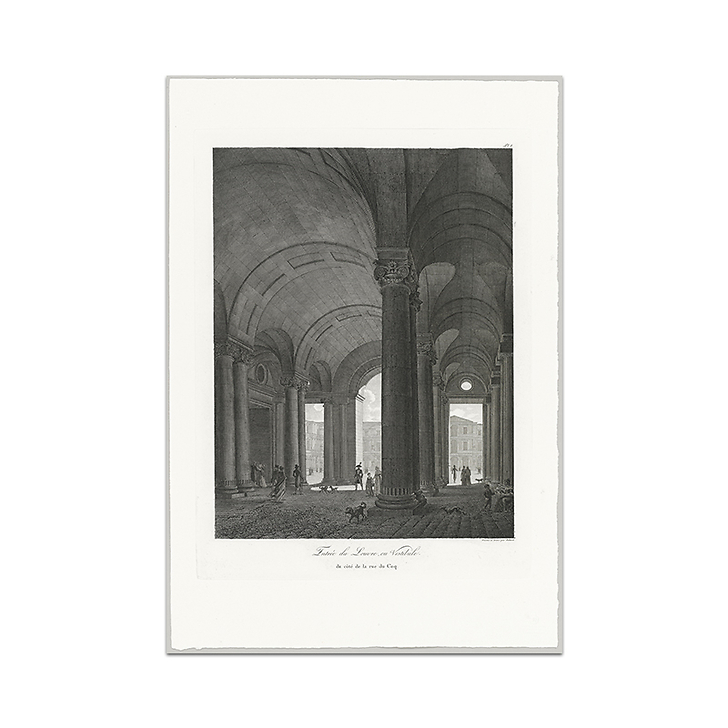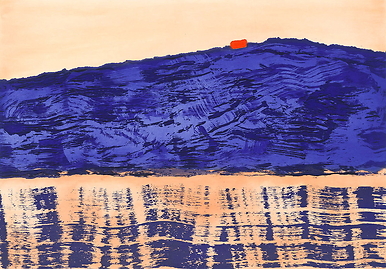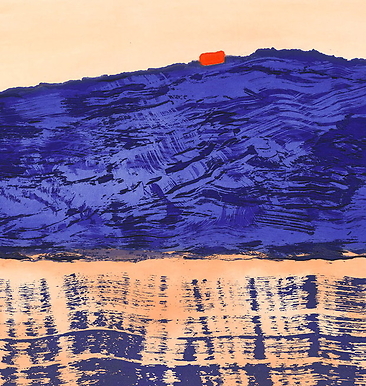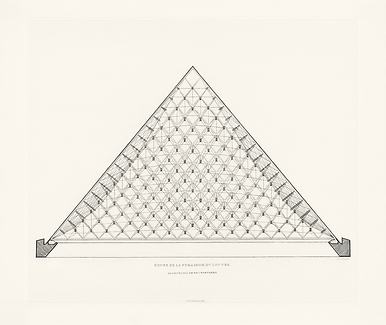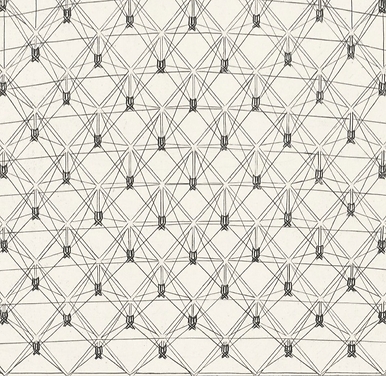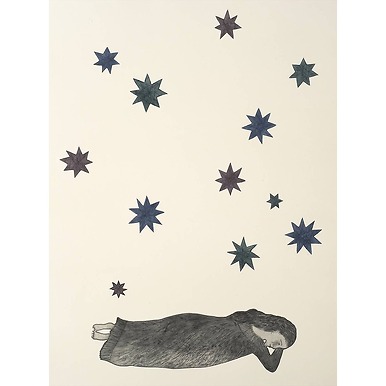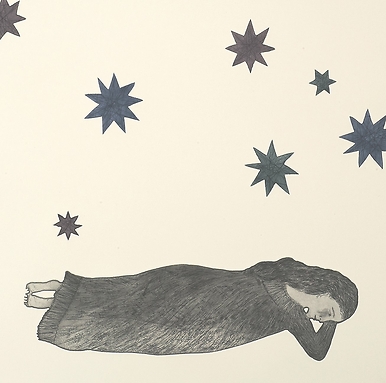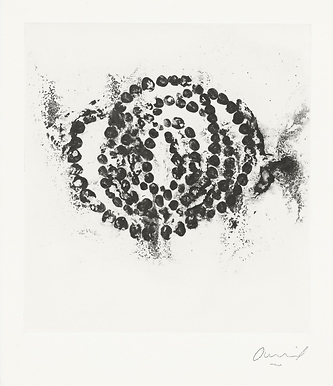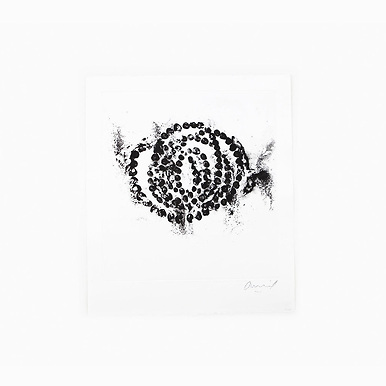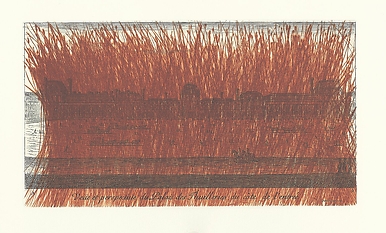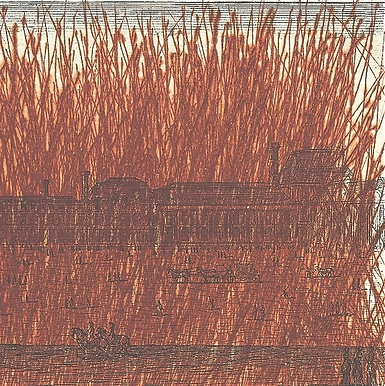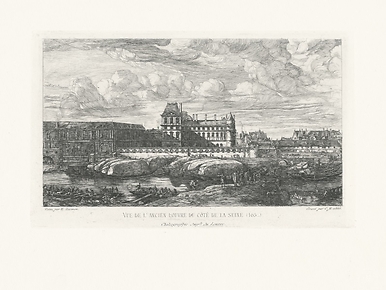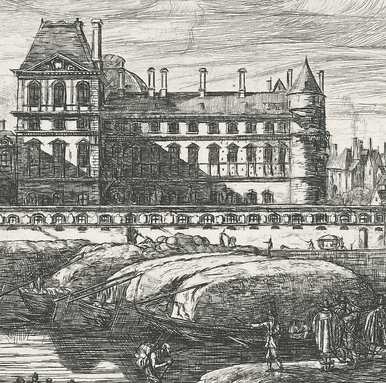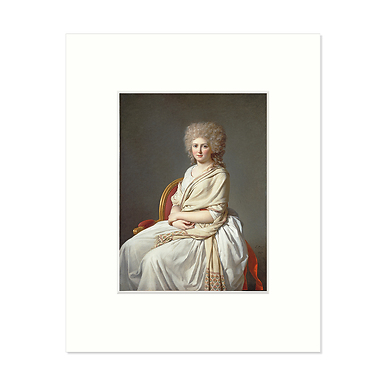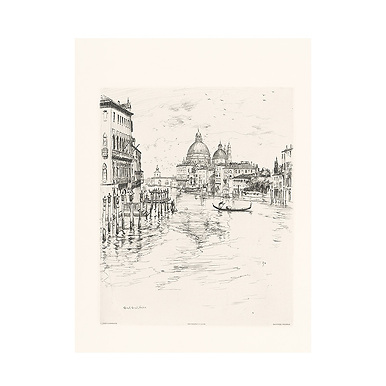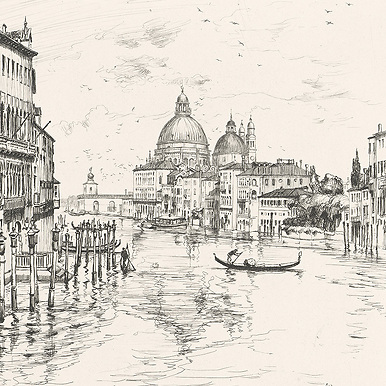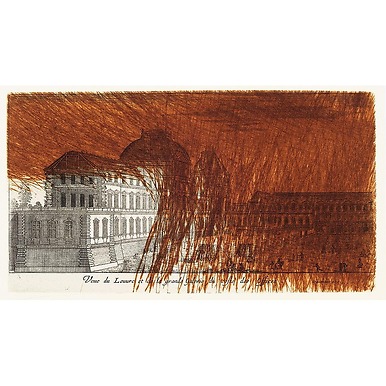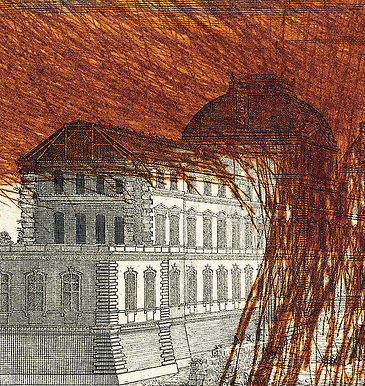Engraving Entrée du Louvre, ou vestibule du côté de la rue du Coq
KMU03009
This engraving by Louis-Pierre Baltard depicts the entrance to the Louvre, or vestibule, on the rue du Coq side.
Rue du Coq-Saint-Jean is a former Paris thoroughfare in the old 7th arrondissement, which disappeared when rue de Rivoli was opened and the Hôtel de Ville Bazaar built in 1864 and 1904.
The...
Read more
This engraving by Louis-Pierre Baltard depicts the entrance to the Louvre, or vestibule, on the rue du Coq side.
Rue du Coq-Saint-Jean is a former Paris thoroughfare in the old 7th arrondissement, which disappeared when rue de Rivoli was opened and the Hôtel de Ville Bazaar built in 1864 and 1904.
The Ultimes are prints made from the original etching plates in the Chalcographie collection at the Musée du Louvre before they were put into storage for preservation reasons.
For reasons of preservation, it was decided to stop printing plates engraved before 1848. Before they left the Ateliers to go into the Louvre's reserves, some were printed one last time. These are the last ones. Each print is dated, numbered and stamped, and is sold with a certificate of authenticity, in a limited edition of 10.
This plate illustrating the entrance to the Louvre via the vestibule on the rue du Coq (now rue Marengo) is one of a series of 215 plates for Paris and its monuments, measured, drawn and engraved by Louis Pierre Baltard.
Louis Pierre Baltard (1764-1846), architect for the City of Paris and professor at the École des Beaux-Arts, began his work Paris et ses monuments (Paris and its Monuments) in order to make Parisian architecture better known through engravings to people living far from the capital and to foreign nations.
Published in two volumes - the first on the Louvre and the Institut, the second on the châteaux of Ecouen, Saint-Cloud and Fontainebleau - Paris et ses monuments is a monumental work. Baltard himself had to take architectural and topographical readings, make numerous preparatory drawings, and use a wide variety of techniques to produce his work. The precision of his measurements makes it a valuable documentary source.
Here, the print allows us to discover the everyday dimension of the entrance to the Louvre, thanks to the Parisians who stroll through it, while retaining a documentary dimension that is evident in the accuracy of the representation of the entrance.
Engraver: Louis-Pierre Baltard
Close
Sold by GrandPalaisRmn

